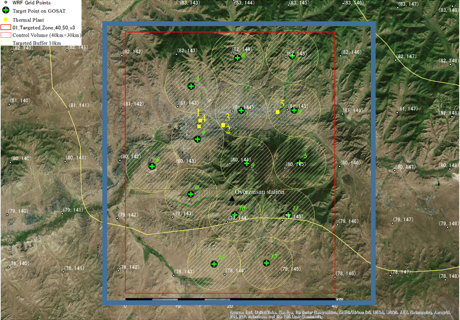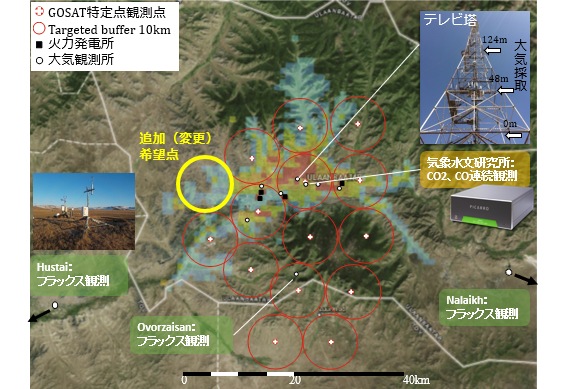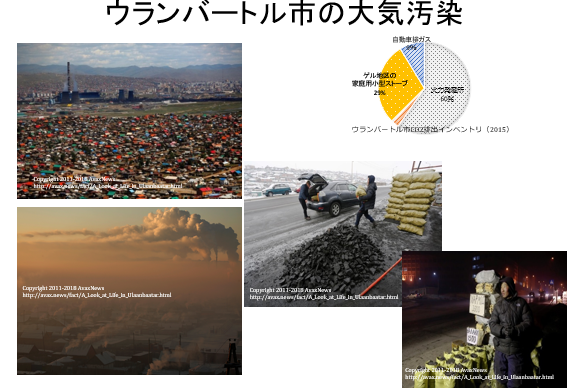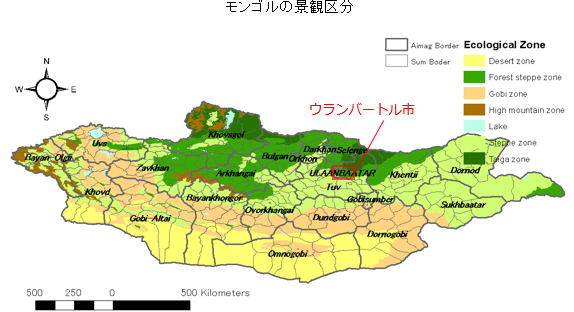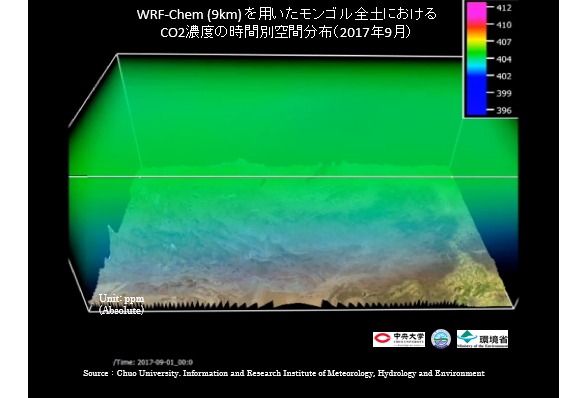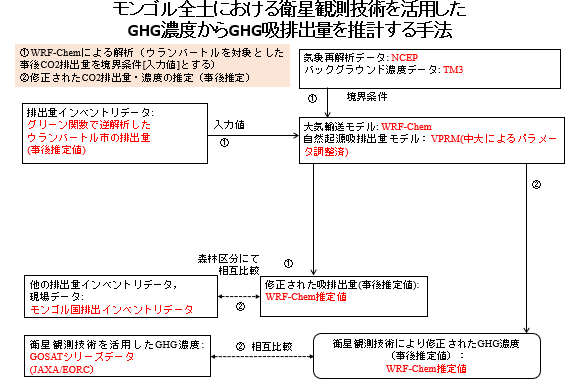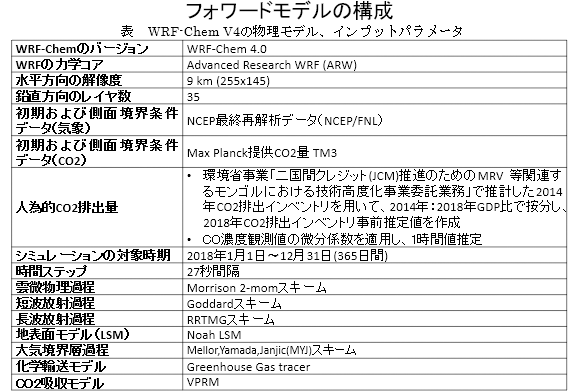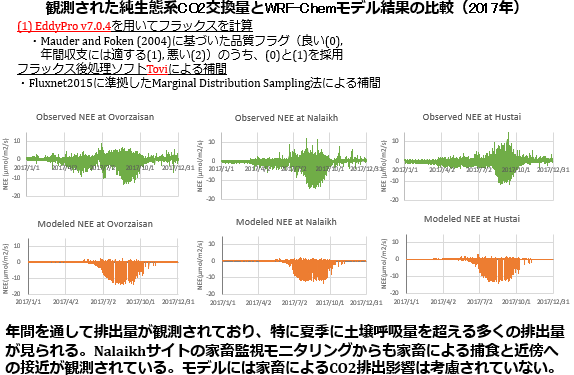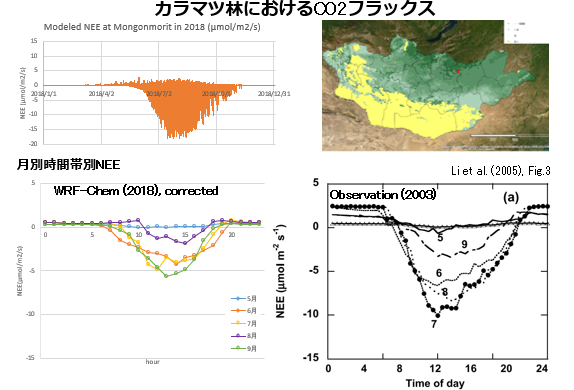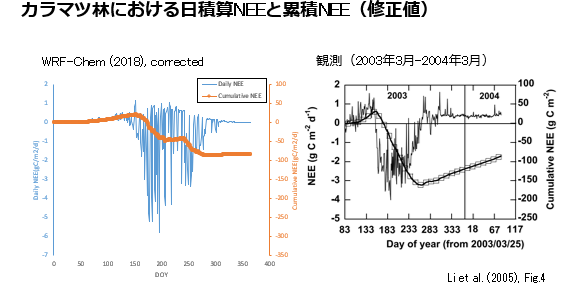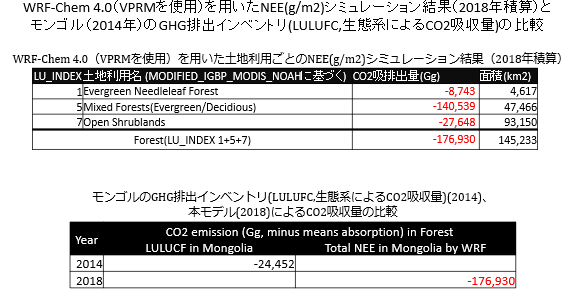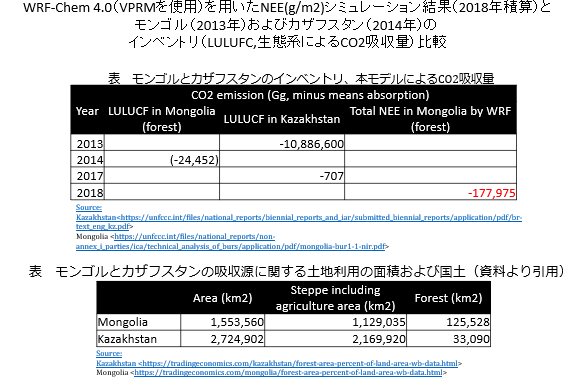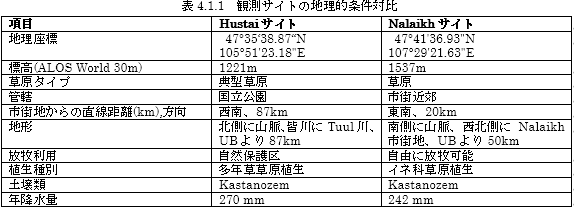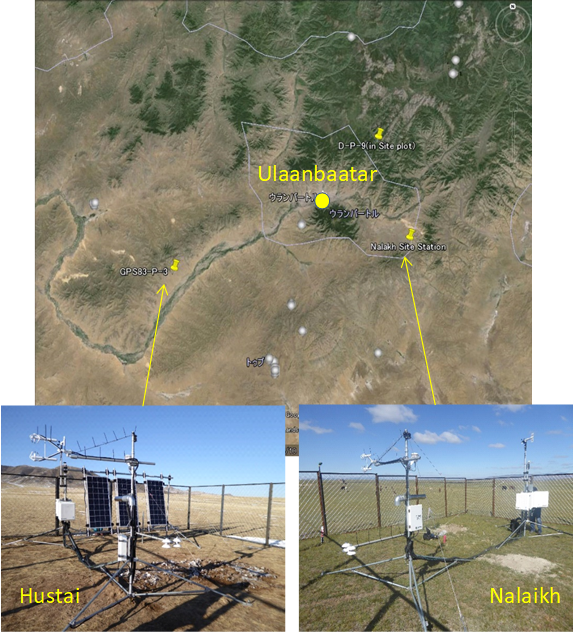The Ministry of the Environment, in pursuit of continuous contributions to the advancement of climate change science and international climate change policies, has developed, launched, operated, and provided data free of charge for the Greenhouse gases Observing Satellite “IBUKI” (GOSAT) and its successor “IBUKI-2” (GOSAT-2). This initiative is in accordance with the Basic Space Plan and is a collaborative effort with the National Institute for Environmental Studies and the Japan Aerospace Exploration Agency (JAXA).
Eleven years after its launch in 2009, GOSAT continues its operation, and since February 2019, following its launch at the end of October 2018, GOSAT-2 has been in regular operation. After evaluating the performance of its observation sensors and the effectiveness of its observation data, the provision of Level 1 products (spectral data) began in August, and the provision of Level 2 products (concentration data) to researchers is being carried out sequentially.
Like GOSAT, GOSAT-2 monitors global concentrations of carbon dioxide and methane. It also aims to improve the estimation of anthropogenic emissions through the world’s first simultaneous observation of carbon dioxide and carbon monoxide from space, aiming to identify sources of carbon dioxide emitted by human activities and improve the accuracy of emission estimates.

